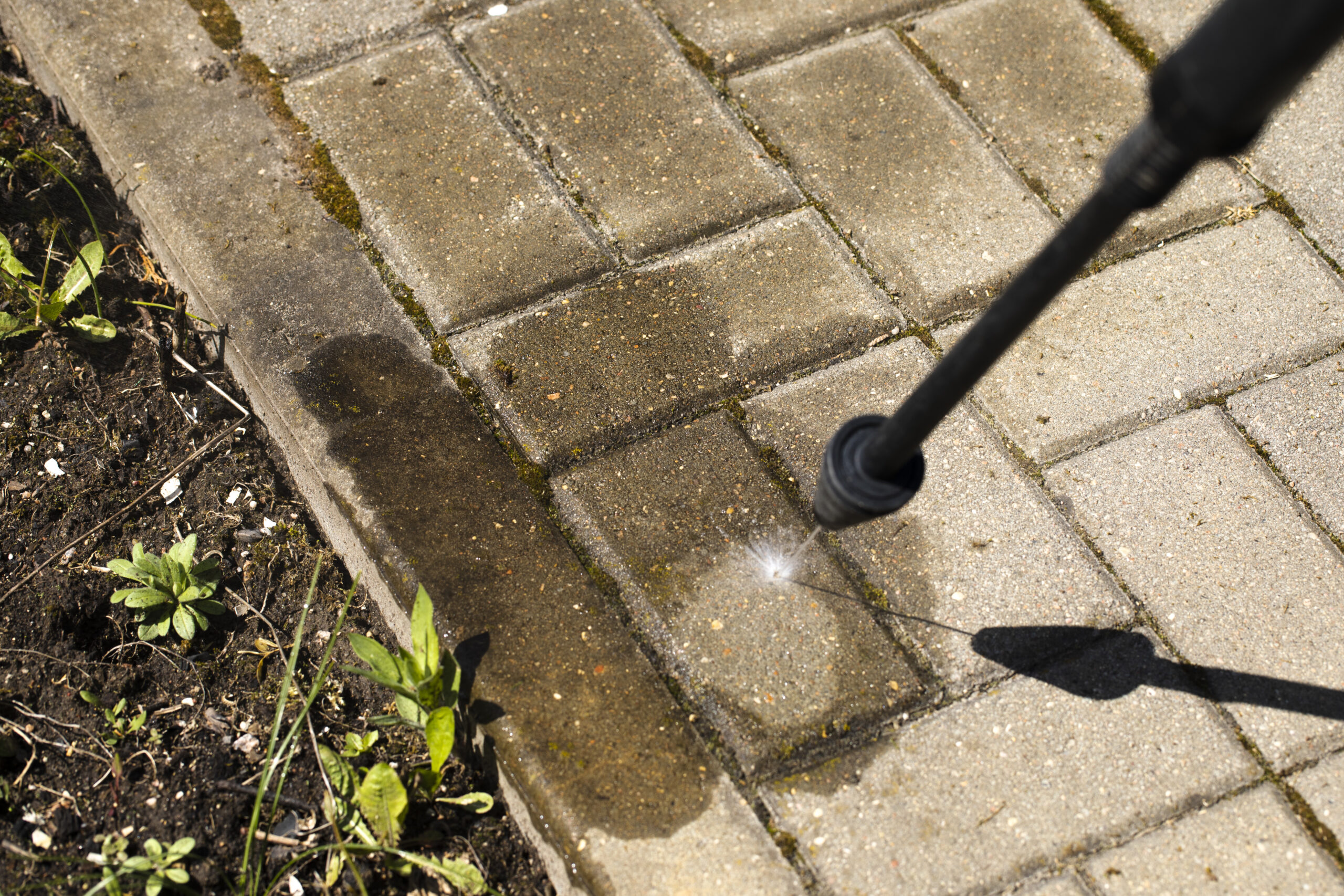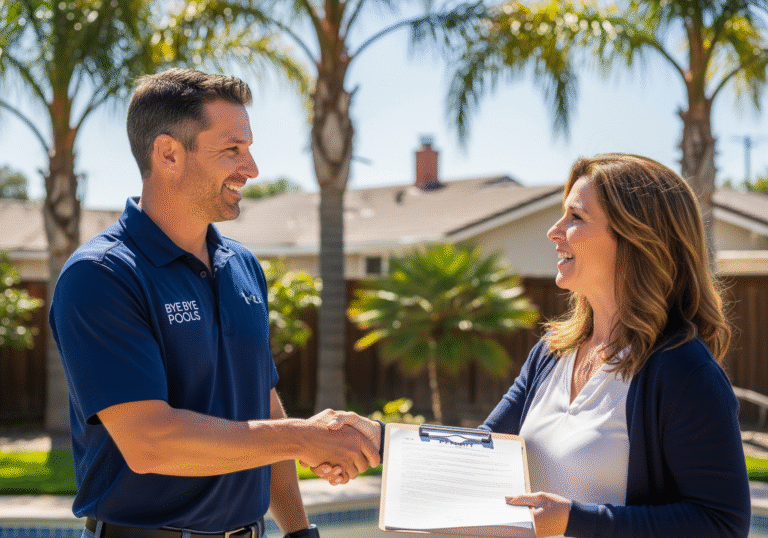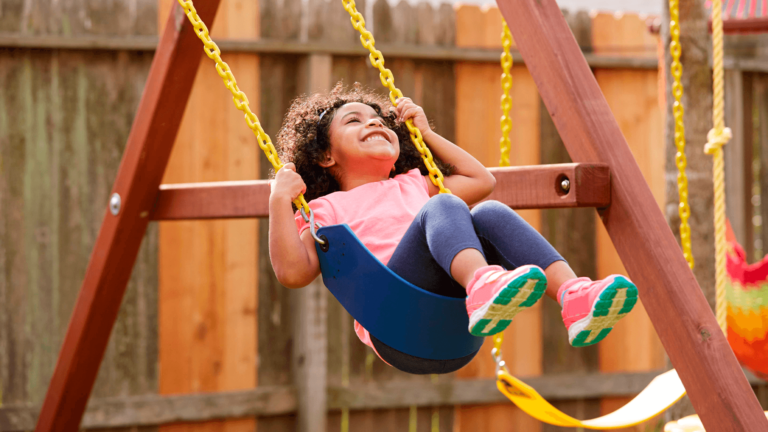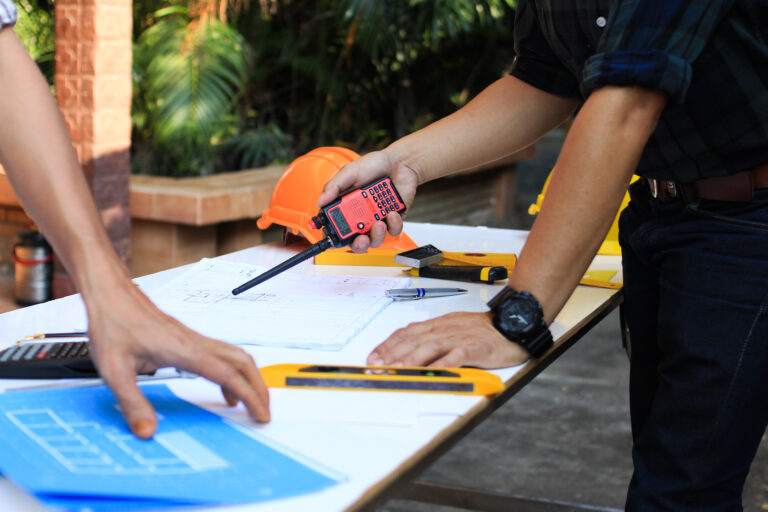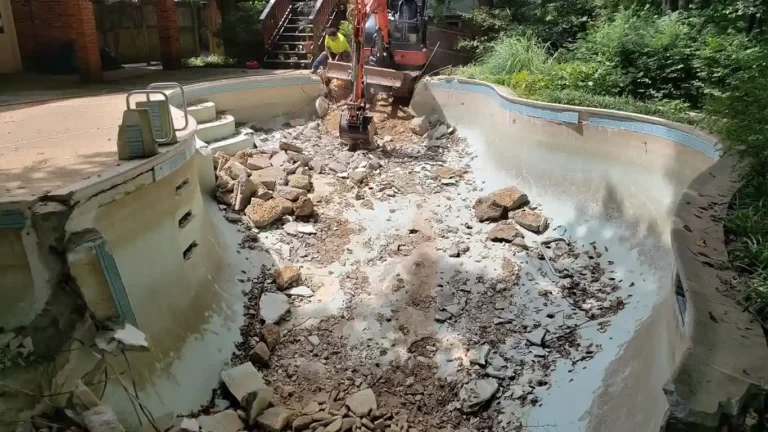How to Clean and Seal Your Backyard Pavers: Expert Tips for an Inviting Outdoor Space
A well-maintained backyard with clean and sealed pavers not only enhances the beauty of your outdoor living space but also increases the durability of the pavers themselves. Over time, outdoor pavers can accumulate dirt, stains, and even develop mildew, leading to a less-than-appealing appearance. Sealing your pavers not only brings back their original charm but also helps protect them from the elements and everyday wear and tear.
To achieve a clean and sealed backyard, it is essential to follow a methodical approach. The process involves assessing the current condition of the pavers, removing dirt and stains with appropriate cleaning techniques, and applying the right sealer for optimum protection and longevity. By mastering these essential steps, homeowners can enjoy a well-maintained backyard that is inviting, practical, and aesthetically pleasing.
This article will walk you through the steps and best practices for tackling this task effectively and efficiently, ensuring that your backyard pavers are clean and sealed to stand the test of time. With the proper knowledge, tools, and techniques, anyone can transform their outdoor living area into a beautiful, functional, and low-maintenance space.
Preparing Your Pavers for Sealing
Before sealing your pavers, it’s crucial to clean them thoroughly and remove any debris or stains. This section offers a step-by-step guide on how to best prepare your pavers for sealing.
Cleaning the Pavers
- Sweep the surface: Begin by sweeping the pavers with a broom to remove any loose dirt and debris.
- Power washing: Use a pressure washer to thoroughly clean the surface of the pavers, ensuring they are free from grime and dirt. Be careful not to use a high-pressure setting, as it may cause damage to the surface.
- Apply detergent or soap: Mix a solution of mild detergent or dish soap with water and apply it to the pavers. A solution of equal parts vinegar and water can also be used as a natural cleaning agent.
- Scrub the surface: Use a scrub brush or broom to work the detergent into the pavers, focusing on any heavily soiled areas.
- Rinse thoroughly: Use a pressure washer or garden hose to rinse the pavers and remove any remaining detergent or soap. Allow the pavers to dry completely before proceeding to the next step.
Removing Weeds and Debris
- Pull weeds by hand: Carefully pull out any weeds growing in the joints of the pavers, being careful not to dislodge the paver or surrounding sand.
- Remove moss and algae: For stubborn moss growth, apply a mixture of equal parts water and vinegar, letting it sit for 30 minutes before scrubbing and rinsing.
- Clean the joints: Use a small brush or screwdriver to remove any remaining debris from the joints between the pavers, ensuring they are clean and ready for sealing.
Addressing Stains and Discoloration
- Identify the stain: Determine the source of the stain (e.g., oil, grease, rust) to select the appropriate cleaning method.
- Apply a degreaser: For oil and grease stains, use a commercial degreaser or mix a solution of baking soda and water. Apply to the affected area and allow it to sit for the recommended time, before scrubbing and rinsing thoroughly.
- Treat rust stains: For rust stains, opt for a rust remover designed for use on pavers. Follow the instructions carefully, ensuring the remover is not left on the pavers for an extended period.
- Address efflorescence: If your pavers have a white, powdery residue (known as efflorescence), use a specialized efflorescence remover to treat the area and prevent further buildup.
By taking the time to properly clean, remove debris, and address any stains or discoloration on your pavers, you can ensure a successful sealing process that will protect your investment for years to come. Regular cleaning and maintenance are key to preserving the appearance and longevity of your backyard pavers.
Sealing the Pavers
Choosing the Right Sealer
When sealing pavers, it’s essential to select the right sealer for your specific needs. There are two main types of sealers: solvent-based sealers and water-based sealers.
- Solvent-based sealers tend to be more durable and provide a glossy finish. They are suitable for natural stone, concrete, and brick pavers, but can be less eco-friendly.
- Water-based sealers offer a more natural, matte finish while being more eco-friendly. They provide enough protection for most paver types but may require more frequent reapplication.
Key Takeaways: Consider the type of pavers, desired finish, and environmental impact when selecting a sealer.
Applying the Sealer
Before applying the sealer, make sure the pavers are clean and dry. Using a power washer and broom, remove all dirt, weeds, and other debris, then allow adequate drying time. The sealing process involves two primary methods: sprayer or roller application. Regardless of the chosen method, aim for an even coat and proper coverage.
- Sprayer: A pump sprayer is an efficient method for covering large outdoor spaces. Hold the nozzle about 18-24 inches away from the pavers and spray in a steady, consistent pattern.
- Roller: A paint roller is more suitable for smaller patios or intricate designs. Use an extension pole for easier application and try to maintain a consistent pressure.
Note: For porous stone or concrete pavers, consider applying additional coats to ensure adequate protection and durability. Always follow the sealer manufacturer’s recommendations for drying and curing time.
Finishing Touches
Once the sealer is fully dried, it’s essential to inspect your work and address any areas that may require touch-ups. Double-check for any missed spots or uneven coverage, and apply additional sealer as needed. For increased stability, consider adding joint sand between the paver joints. This prevents weed growth and enhances the overall longevity of your paved area.
Pro Tip: Regular maintenance – such as cleaning and re-sealing every few years – can keep your backyard pavers looking brand new while offering long-term protection. Consider hiring professionals for more complicated or time-consuming projects.
Overall, the key to sealed patio pavers is proper application, regular maintenance, and selecting the correct sealer for your specific needs. With these factors in mind, you can enhance the durability and appearance of your outdoor space, creating a beautiful and functional area to enjoy for years to come.

